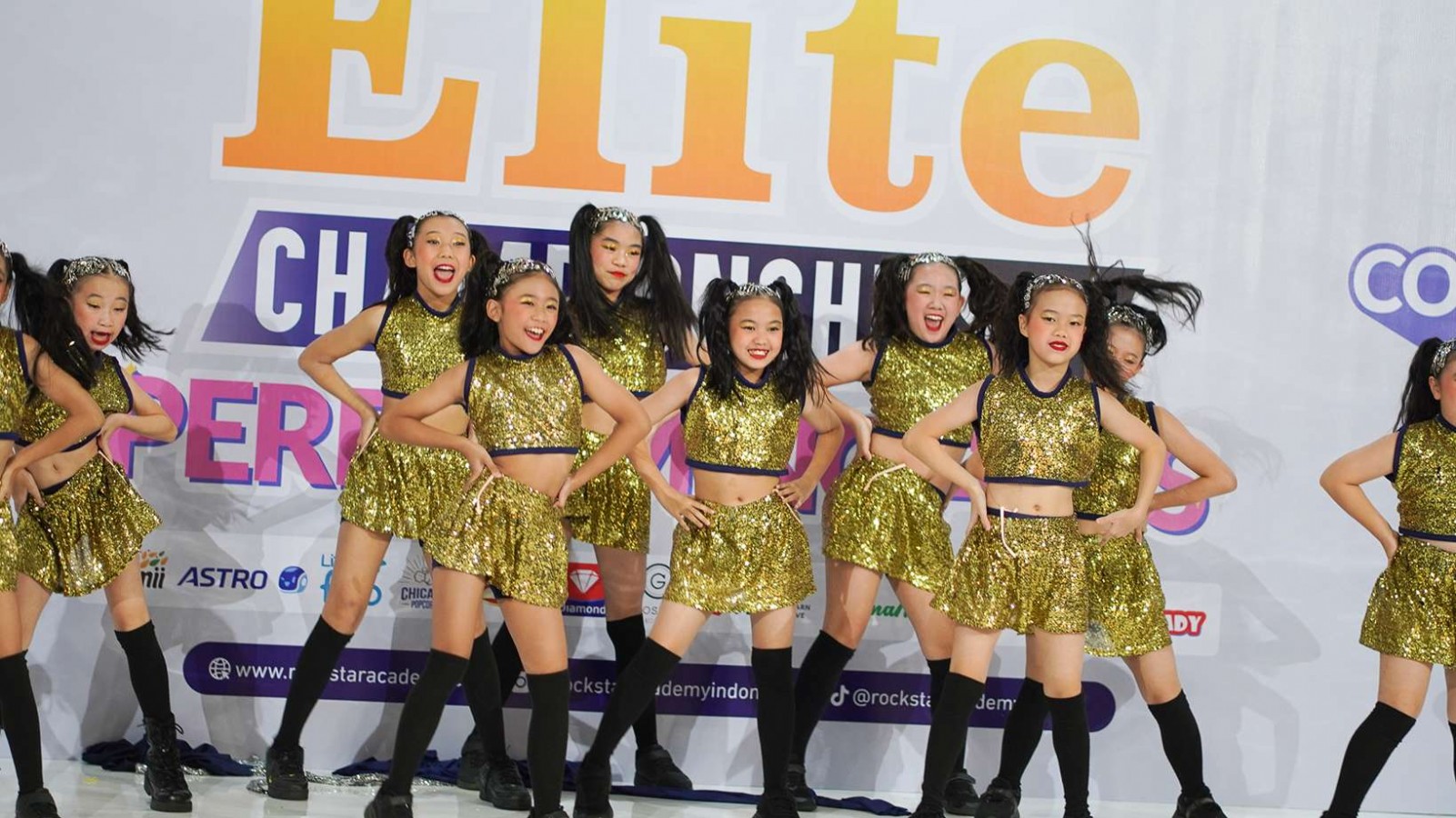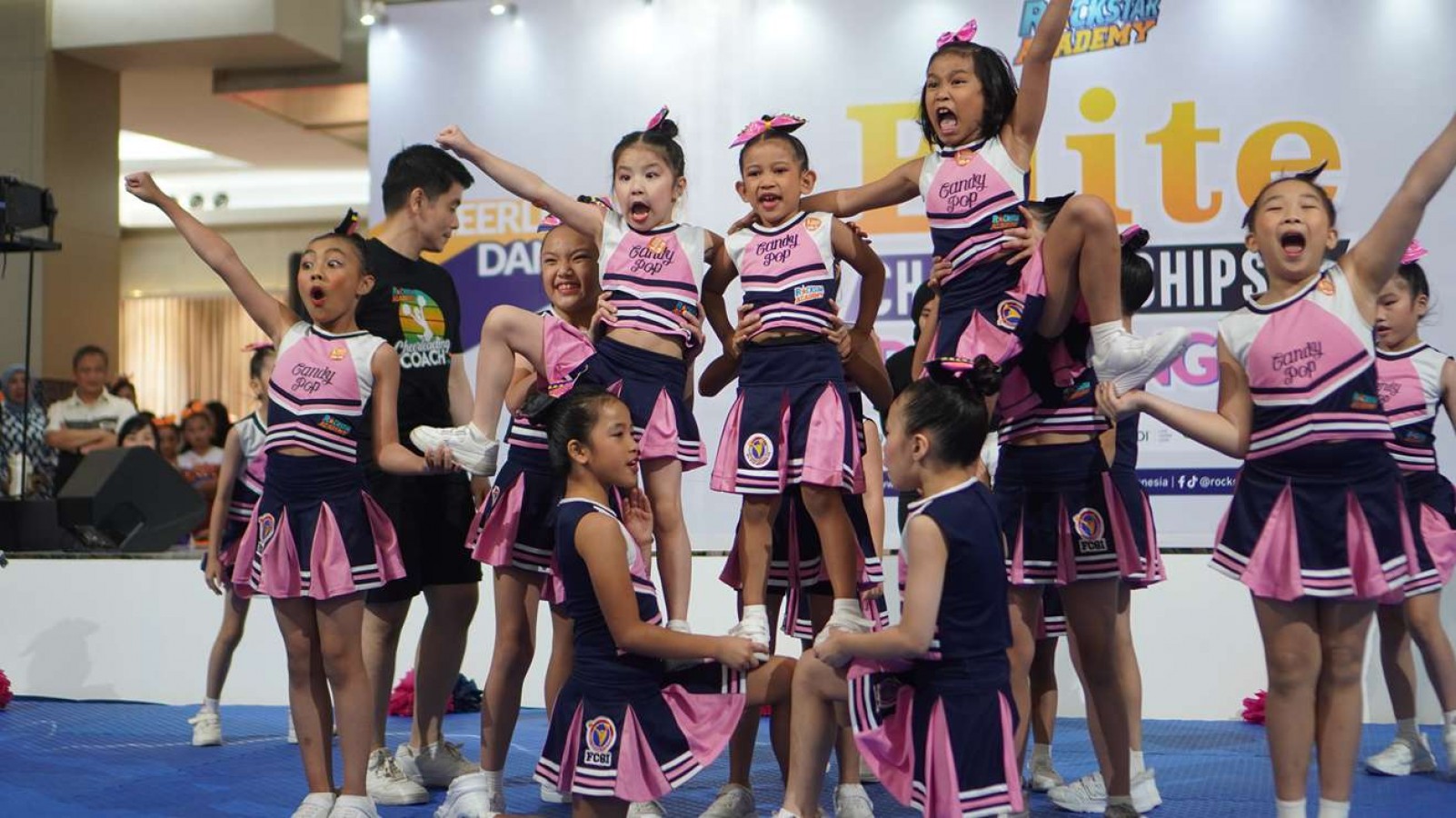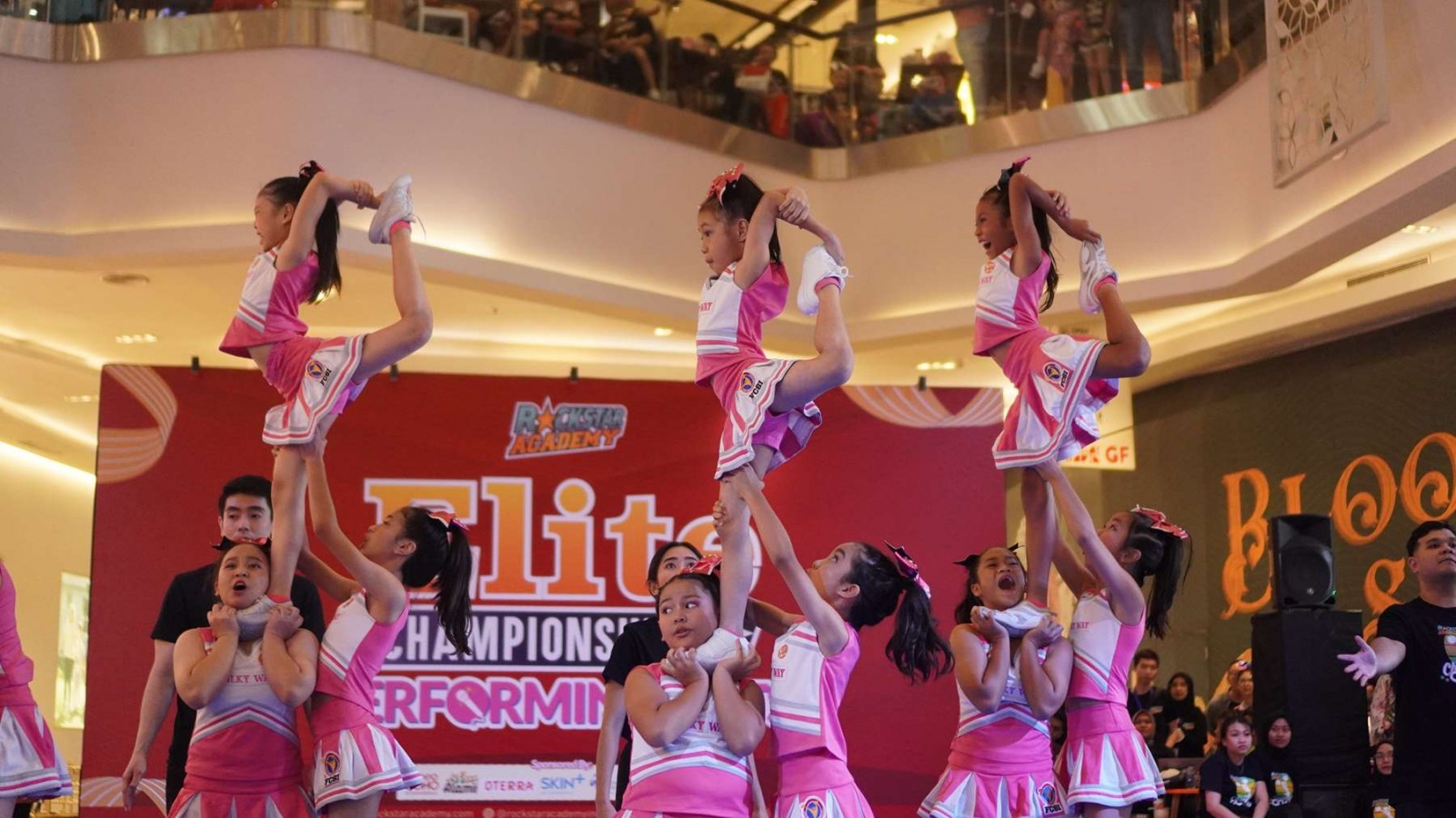Dance Formation Ideas: Inspiring Layouts for Your Next Performance

When it comes to creating a performance that truly stands out, having strong dance formation ideas is just as important as nailing the dance choreography. Dance formation refers to how dancers are arranged on stage during a routine, and it plays a huge role in making the performance visually exciting and easy for the audience to follow.
In this article, we’ll dive into what dance formation is, share some cool ideas for groups of 5 to 12 dancers, and show you how to modify formations to keep things fresh and dynamic.
What is a Dance Formation?
A dance formation is the arrangement of dancers on stage, arranged in specific patterns that help emphasize the choreography and tell the story.
It's all about positioning the dancers in a way that creates visual impact while also allowing them to execute movements effectively.
The formation can change throughout a performance, adding variety and enhancing the flow of the routine.
Dance Formation Ideas for 5 to 12 Dancers
For groups of 5 to 12 dancers, there are several creative formation ideas that can take your performance to the next level. Here are a few popular formations that work well for smaller to medium-sized groups:
A. 5 Dancers
- Flat W Formation
The dancers are arranged in a wide "W" shape, which adds balance while leaving open spaces for interesting arm movements and steps. This setup is fun for routines that need a lot of interaction between dancers, and it's often used in pop concerts to keep the stage feeling lively and dynamic.
- Straight Horizontal Line
All dancers stand in a straight line across the stage. Clean and balanced, perfect for synchronized choreography where every dancer needs equal spotlight. Commonly used in marching band drills and pop concerts (e.g., BTS, BLACKPINK performances).
- V Formation (and Reverse V Formation)
The classic V formation has one dancer at the front (usually the lead), with the others fanning out behind on each side. The reverse V is the opposite, opening toward the back of the stage.
This is a super popular setup for highlighting a center dancer, just like you often see in K-pop groups when they want to pull focus to the main vocalist or rapper.
B. 6 Dancers
- Two Triangles Split
The dancers split into two small triangles, each on different sides of the stage. This gives a balanced but playful feel, perfect for call-and-response choreography where two sides of the stage "talk" to each other. Dance teams often use this in competition pieces to create interaction and variety.
- Double Row / Box Formation
The dancers form two rows of three, almost like a rectangle or box shape. It gives a clean and symmetrical look, perfect for synchronized moves and strong beats. This is common in pop performances where you want to keep the energy straightforward and easy to follow.
- Slanted Diagonal
Here, all six dancers form a slightly tilted line going up or down diagonally across the stage. It adds a lot of energy and movement just through the way it looks. This kind of formation is often seen in jazz or hip-hop routines when you want the audience's eyes to move dynamically.
C. 7 Dancers
- Split Trios and Solo
Here, the dancers are divided into two groups of three, with one solo dancer (usually the focus) in between. This is perfect for highlighting a main dancer or a solo moment, like when one member is in a bridge part.
- Clustered Diamond
In this formation, the dancers are grouped closely, forming a rough diamond or oval shape. It feels energetic and lively, great for fast-paced choreography. Many K-pop groups use this when they want to start strong with powerful synchronized moves.
- Staggered Zigzag
The dancers are arranged in a loose zigzag pattern, giving a playful, flowing feel to the routine. This formation helps when choreography needs to look more dynamic and less stiff.
D. 8 Dancers
- Center Diamond Cluster
Dancers form a small diamond shape tightly grouped in the center. It pulls all focus to the middle and is great for highlighting one or two dancers during a solo or key moment.
- Tilted Diamond
A diamond shape — but not standing straight up — it’s slightly tilted sideways! It looks unique and draws the audience’s eye naturally, giving a stylish feel to your choreography.
- Stretched Horizontal with Waves
All dancers are spaced in a wide horizontal line, but with slight rises and dips (like gentle waves). It looks natural and flowing, great for softer or emotional parts of the routine.
E. 9 Dancers
- X Formation
They form a bold "X" with dancers standing at each tip and the center. It looks very dynamic and strong, perfect for highlighting a climax or powerful beat.
- Diamond Shape
The dancers shape into a beautiful diamond — neat and elegant. It’s perfect for slow, graceful parts or to highlight one person in the center.
- Starburst
Dancers explode outward from a center point like a starburst. This formation is very energetic and perfect for a sudden "WOW" moment.
F. 10 Dancers
- Mini Hills
The dancers are arranged in two smaller "hill" shapes, side by side. Each "hill" is a group that rises towards the center. It's perfect when you want to create a divided focus between two parts of the group.
- V Formation
The dancers arrange themselves in a wide "V" shape pointing forward. The middle dancer is at the tip, while others spread out symmetrically to the sides. This formation naturally draws the audience’s focus toward the center.
- Scattered Cluster
The dancers are loosely grouped but not in strict rows or lines. It gives a relaxed and free-flowing look, good for freestyle or casual sections. It feels spontaneous while still maintaining some balance.
G. 11 Dancers
- Double V Shape
The dancers form two connected "V" shapes, almost like wings. It spreads the group wide but still feels connected in the center. This is great for highlighting the middle dancer while keeping the sides active.
- Staggered Diagonal
The dancers form two staggered diagonals moving upward. Instead of one straight line, the shape feels more dynamic and flowing. It gives more layers and makes the movement across the stage look richer.
- Pyramid Formation
The dancers build a pyramid shape, with one person in front, then two behind them, three behind that, and so on. It looks balanced and focuses attention toward the center front dancer. Perfect for highlighting a lead or solo moment.
H. 12 Dancers
- Triangle Formation
The dancers stand in a large triangle, with one dancer at the front and others fanning out behind. It gives a strong, pointed focus to the center. Perfect for an opening pose or a powerful highlight moment.
- Horizontal Lines
They form two straight rows across the stage. The front and back rows are evenly spaced, making the group look full and balanced. Best for synchronized moves or group travel.
- Wide Spread Line
All dancers line up horizontally with big gaps between them, spreading across the entire stage. It makes the group look larger and fills the space. Great for grand, sweeping dance moves.
How to Modify Dance Formations
While traditional formations can be effective, sometimes you may want to modify them to suit the unique style of your performance or make the choreography more interesting. Here’s how you can tweak your dance formation ideas:
1. Add Different Levels
Use different body heights to make your formation more interesting. Some dancers can stand, others can kneel, squat, or even jump onto a platform. Playing with levels creates visual layers and makes every dancer stand out in their own way.
2. Keep the Movement Natural
When modifying a formation, make sure the dancers can move into new spots easily and naturally. You want the flow to feel connected, not rushed or confusing. Practice the transitions slowly first, then build up the speed.
3. Highlight the Lead Dancer
If your routine has a soloist or lead, modify the formation to spotlight them. You can create a V shape pointing toward the lead, or arrange dancers in a way that draws the audience’s eyes to the center.
4. Play with Symmetry and Asymmetry
Symmetrical formations (both sides look the same) feel clean and balanced. Asymmetrical formations (one side different from the other) can create cool tension and drama. Mix both styles depending on the emotion you want to show.
5. Use the Whole Stage
Don’t let dancers bunch up in one spot! Spread out and use all corners of the stage. Wide formations can make your routine look bigger and more powerful, especially for group performances.
Let's Move Smarter and Shine Brighter!
Experimenting with different dance formation ideas is an exciting way to make your choreography stand out. Don’t be afraid to modify your formations as needed. Be creative, use space wisely, and most importantly, have fun with the process!
As part of our leading Sports & Performing Arts Academy, our dance program is designed to help dancers of all levels build strong technique, express themselves through movement, and master stunning routines.
Students will also get the chance to showcase their talents in our vibrant events such as Dance Recital, RockOlympics and Elite Championships, events that celebrate their hard work and creativity.
To make it even better, you can now experience the magic firsthand with a free trial of the dance class. It is a perfect opportunity to step into the world of dance, meet our amazing instructors, and feel the Rockstar energy!
FAQ
What is a formation in a dance?
A formation is how dancers are arranged on stage during a performance.
What are the elements of dance formation?
Spacing, levels, directions, symmetry, and transitions.



